China Sichuan: A Flavorful Journey Through the Spiciest Cuisine in the World
Table of Contents
Introduction to China Sichuan
Sichuan cuisine, also known as Szechuan, is one of the most famous and beloved regional cuisines in China. Originating from the Sichuan province in southwestern China, this culinary tradition is renowned for its bold flavors, complex spice combinations, and the unique numbing sensation provided by Sichuan peppercorns. While many people associate Chinese food with being spicy, Sichuan cuisine takes it a step further—offering a fiery yet balanced experience that has captivated taste buds around the world.
The Spice Profile of Sichuan Cuisine
The hallmark of Sichuan cooking is its use of spices that create a dynamic interplay between heat and numbness. The key players include:
- Sichuan Peppercorn: This unique spice gives a tingling, numbing effect on the tongue, making it a must-have in any Sichuan recipe.
- Dried Chili Peppers: These add the signature heat and vibrant red color to dishes like mapo tofu and hot pot.
- Garlic and Ginger: Used as base ingredients, they enhance the overall flavor and provide a savory kick.
- Star Anise and Sichuan Pepper Blend: Often used in braised or stewed dishes, these spices add depth and complexity.
| Spice | Flavor Profile | Common Use |
|---|---|---|
| Sichuan Pepper | Numbing, citrusy, slightly sweet | Mapo Tofu, Hot Pot, Stir-Fries |
| Dried Chili | Spicy, smoky, aromatic | Hot Pot, Kung Pao Chicken, Pickled Vegetables |
| Ginger | Pungent, warm, slightly sweet | Stir-Fries, Broths, Marinades |
| Garlic | Pungent, savory, aromatic | Marinades, Sauces, Stir-Fries |
Culinary Traditions and Signature Dishes
Sichuan cuisine is deeply rooted in history and culture, with dishes that reflect the region’s geography, climate, and traditions. Here are some of the most iconic dishes you should try:
- Mapo Tofu: A classic dish made with soft tofu, minced pork, and a sauce seasoned with Sichuan peppercorns and chili paste. The combination of spicy, salty, and numbing flavors makes it a favorite among spice lovers.
- Kung Pao Chicken: This stir-fry features chicken, peanuts, and vegetables in a tangy and spicy sauce. It’s a perfect example of how Sichuan cuisine balances heat with sweetness and crunch.
- Hot Pot: A popular communal meal where diners cook their own ingredients in a simmering pot of broth. Sichuan-style hot pot is typically spicy and infused with garlic, ginger, and chili oil.
- Chongqing Noodles: Known for their rich, oily broth and chewy noodles, these noodles are often topped with pickled vegetables, chili oil, and Sichuan peppercorns.
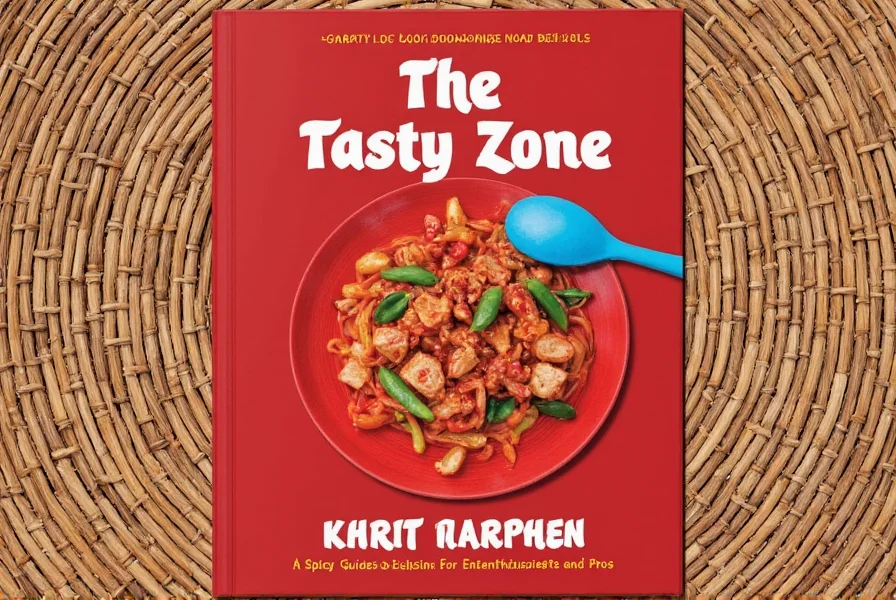
Practical Tips for Cooking with Sichuan Spices
If you're new to Sichuan cuisine, here are some practical tips to help you get started:
- Start with a small amount of chili paste: Sichuan chili paste can be very intense, so it's best to start with a little and adjust according to your taste.
- Toast Sichuan peppercorns: Toasting them before grinding enhances their aroma and numbing effect.
- Balance the heat with sweetness: Sichuan dishes often use sugar or vinegar to balance the spiciness and add layers of flavor.
- Use fresh ingredients: Fresh garlic, ginger, and vegetables make a huge difference in the final taste of your dish.
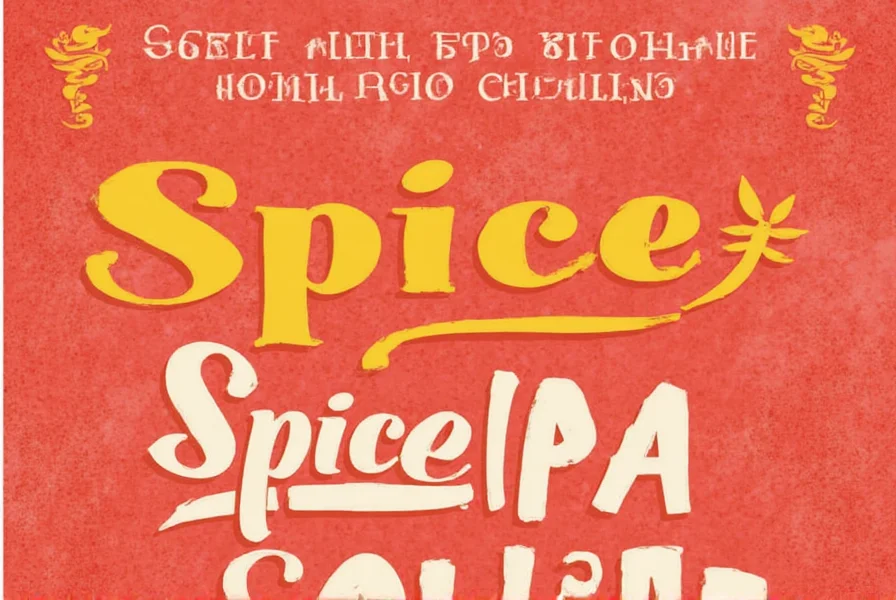
Buying Guide: Essential Sichuan Spices and Ingredients
Whether you're an amateur enthusiast or a professional chef, having the right ingredients is key to recreating authentic Sichuan flavors at home. Here’s a guide to the must-have items:
1. Sichuan Peppercorns
Features: Small, reddish-brown berries with a distinct numbing effect.
Advantages: Adds a unique texture and flavor that cannot be replicated by other spices.
Use Cases: Mapo tofu, hot pot, stir-fries.
Target Audience: Home cooks and chefs looking for authenticity.
Suitable Occasions: Casual dinners, themed meals, or when experimenting with bold flavors.
2. Sichuan Chili Paste
Features: Made from fermented chilies, garlic, and salt.
Advantages: Provides a deep, spicy flavor and is easy to use in sauces and marinades.
Use Cases: Kung Pao chicken, stir-fries, and dipping sauces.
Target Audience: Beginners who want to replicate Sichuan flavors without the hassle of grinding chilies.
Suitable Occasions: Quick weeknight meals or when time is limited.

3. Dried Chili Peppers
Features: Available in various varieties like bird’s eye, long red, and Thai.
Advantages: Offers a wide range of heat levels and smoky flavors.
Use Cases: Stuffed chilies, chili oil, and hot pot bases.
Target Audience: Advanced cooks who enjoy customizing their spice levels.
Suitable Occasions: Special occasions, holiday meals, or when you want to experiment with different heat profiles.
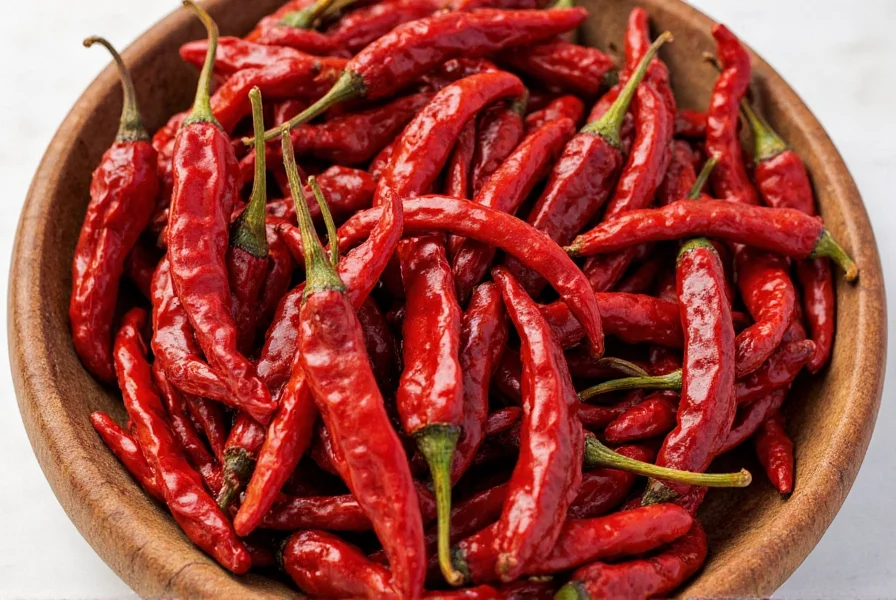
4. Star Anise
Features: Star-shaped pods with a licorice-like aroma.
Advantages: Adds depth and warmth to broths and braised dishes.
Use Cases: Braised pork, stews, and hot pot broths.
Target Audience: Those interested in traditional Sichuan cooking methods.
Suitable Occasions: Slow-cooked meals or when preparing for gatherings.

5. Sichuan Pepper Oil
Features: Infused oil with the numbing essence of Sichuan peppercorns.
Advantages: Easy to use and adds a quick burst of flavor.
Use Cases: Drizzling over noodles, salads, or dumplings.
Target Audience: Busy individuals who want to enhance their meals quickly.
Suitable Occasions: Everyday meals or when you need a flavor boost in a hurry.
Remember, the phrase China Sichuan represents not just a region but a rich cultural heritage that continues to inspire global spice enthusiasts and professionals alike.
Conclusion
Sichuan cuisine is more than just spicy—it’s a full sensory experience that combines heat, numbness, and depth in a way that few other culinary traditions can match. Whether you’re a seasoned chef or a curious food lover, exploring the world of Sichuan spices opens up a whole new dimension of flavor. With the right ingredients, techniques, and a bit of courage, you can bring the bold and vibrant flavors of China Sichuan into your kitchen.
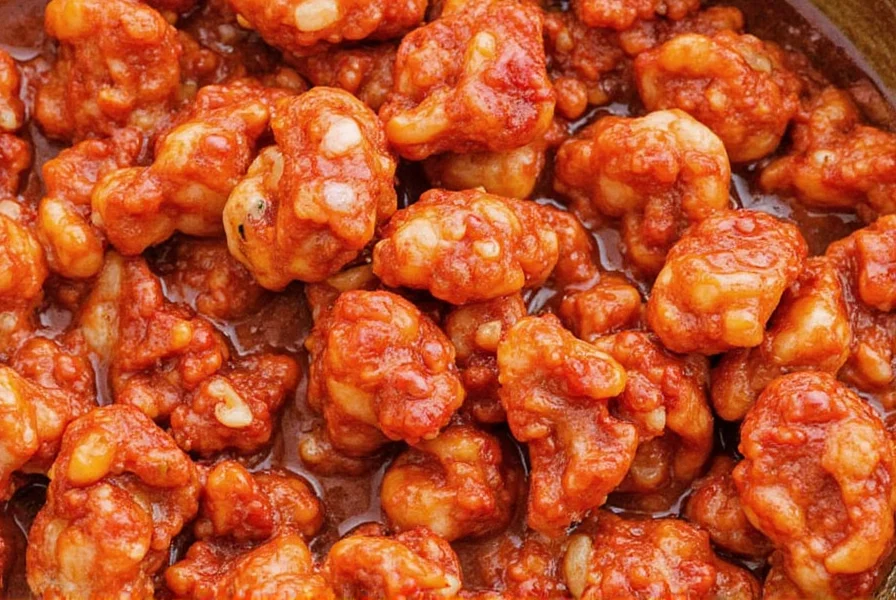

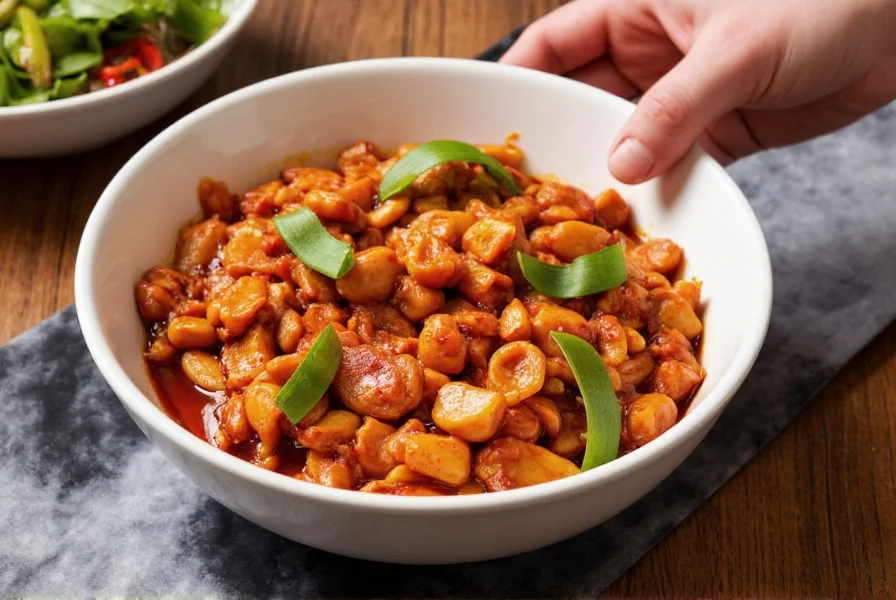









 浙公网安备
33010002000092号
浙公网安备
33010002000092号 浙B2-20120091-4
浙B2-20120091-4